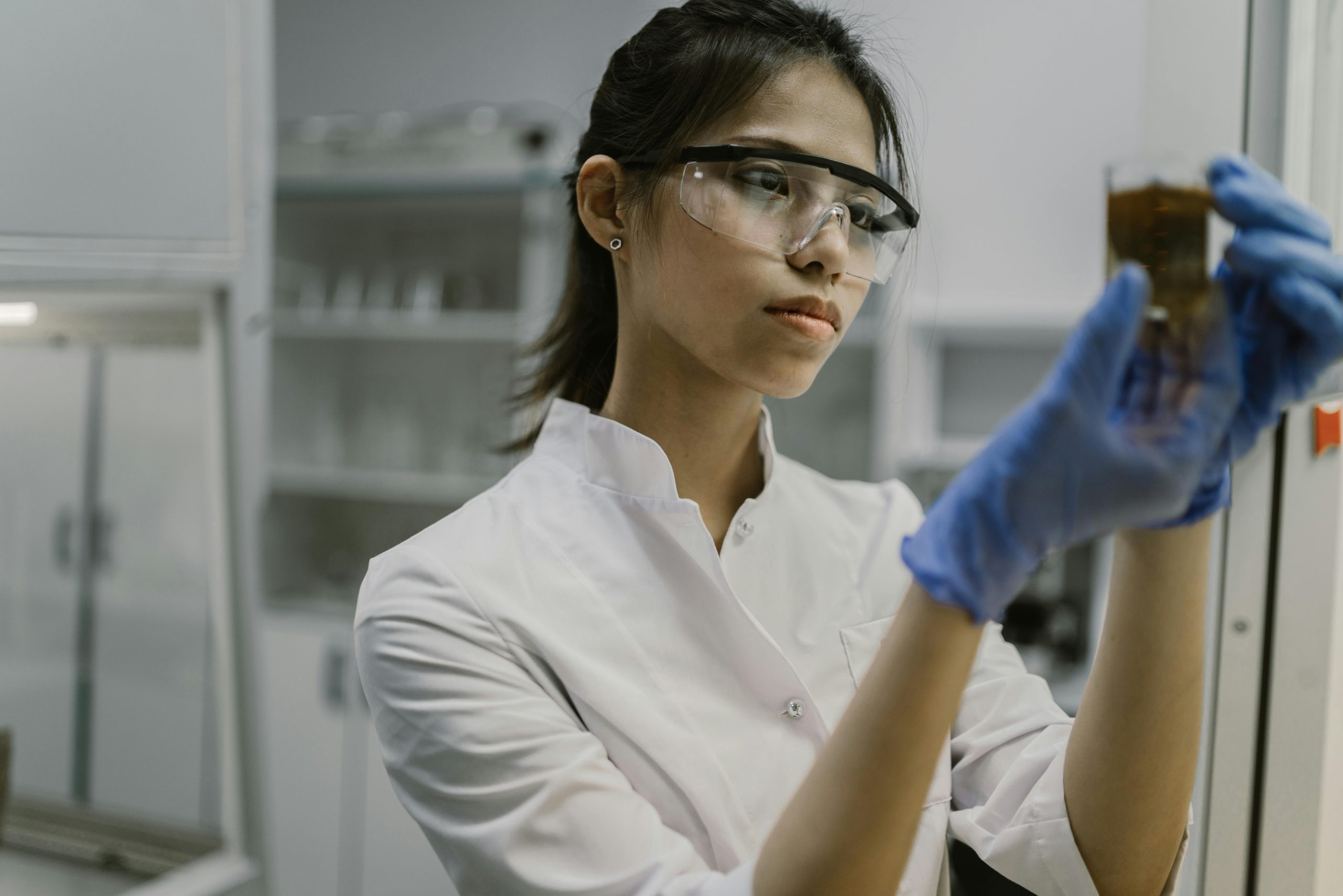Understanding the Science of Caramelization and the Maillard Reaction
Caramelization and the Maillard reaction – two processes that are fundamental to cooking, yet somewhat mysterious and elusive to many. Have you ever wondered why certain foods undergo a beautiful browning and transformation to a rich, complex flavor and aroma when cooked? This is all thanks to the wonders of caramelization and the Maillard reaction. These two processes play a crucial role in creating the deliciousness that we all know and love in many of our favorite foods. In this article, we will delve into the science behind caramelization and the Maillard reaction, and explore how these reactions occur and contribute to the flavors and colors in our food. 
What is Caramelization?
Caramelization is a cooking process that involves the browning and transformation of sugars, such as glucose and fructose, through the application of heat. It is a type of non-enzymatic browning, which means that it occurs without the presence of enzymes. Caramelization changes the chemical structure of sugars, resulting in the creation of new compounds that give food a rich, dark color and a delicious, complex flavor.
The Science Behind Caramelization
The process of caramelization involves the breakdown of sugars into smaller molecules under heat. The heat causes the sugars to undergo a series of chemical reactions, including isomerization, dehydration, and polymerization. Isomerization is the rearrangement of the atoms within a molecule, resulting in the formation of isomers with the same chemical formula but different structural arrangements. Dehydration is the removal of water molecules, while polymerization is the formation of larger, more complex molecules from smaller ones.
During caramelization, the high heat causes the sugar molecules to break down into smaller molecules, including fructose and glucose. These smaller molecules then continue to undergo further reactions, resulting in the formation of new compounds that give food its characteristic caramelized flavor and color.
What is the Maillard Reaction?
The Maillard reaction is a chemical reaction between amino acids and reducing sugars that occurs under high heat. It is responsible for the delicious browning and flavor development in many of our favorite foods, such as roasted meats, bread, pastries, and coffee.
The Science Behind the Maillard Reaction
Similar to caramelization, the Maillard reaction also involves a series of chemical reactions, including condensation, fragmentation, and polymerization. Condensation is the joining of two molecules to form a larger molecule, while fragmentation is the breaking down of larger molecules into smaller ones. Polymerization is the combination of smaller molecules to form larger, more complex ones.
The Maillard reaction begins with the amino acids reacting with reducing sugars, such as glucose, to form intermediate compounds. These compounds then undergo further reactions, resulting in the formation of hundreds of different compounds that contribute to the characteristic flavor and aroma of the food being cooked.
Relationship Between Caramelization and the Maillard Reaction
Although different processes, caramelization and the Maillard reaction are closely related. In fact, caramelization is one of the many chemical reactions that occur during the Maillard reactions. During the Maillard reaction, the sugars present in the food undergo caramelization, along with other reactions. The browning and flavor development in foods are a result of both caramelization and the Maillard reaction occurring simultaneously.
Factors Affecting Caramelization and the Maillard Reaction
Various factors can affect the extent and rate of caramelization and the Maillard reaction in food. These include temperature, cooking time, pH, and the presence of water. Higher temperatures and longer cooking times will generally lead to more pronounced browning and flavor development, while low pH and the presence of water can slow down the reactions.
In Conclusion
Caramelization and the Maillard reaction are two processes that play a crucial role in creating the delicious flavors and colors in many of our favorite foods. By understanding the science behind these reactions, we can better appreciate the complexity and beauty of cooking and enhance our culinary skills. Next time you tuck into a perfectly cooked steak or bite into a warm slice of toast, take a moment to appreciate the wonders of caramelization and the Maillard reaction.











